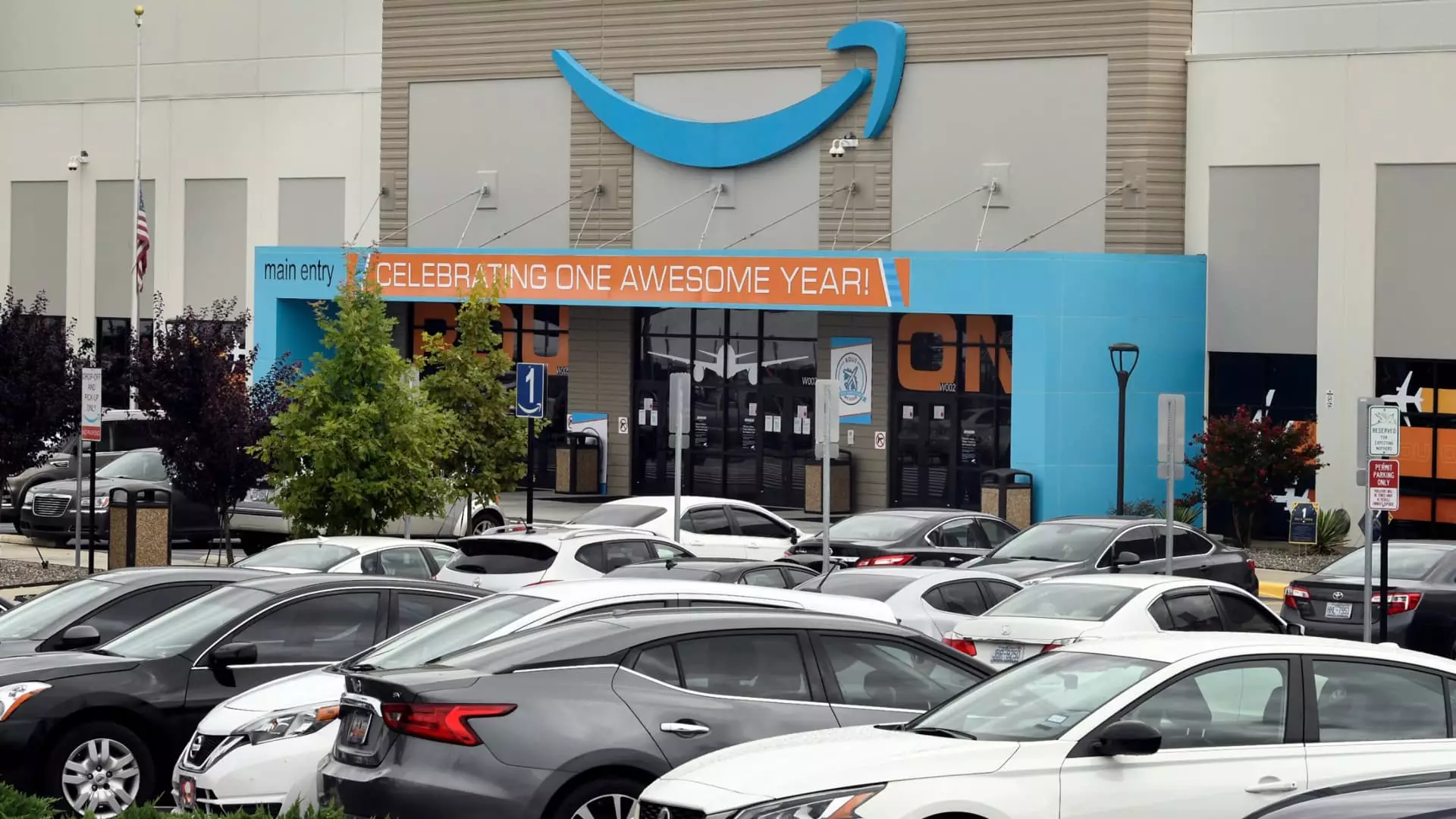Recently, workers at Amazon’s RDU1 facility in Garner, North Carolina, decisively voted against unionizing, with a significant majority of 2,447 votes opposing the union and only 829 in favor. This election outcome, resulting from years of campaigning by the Carolina Amazonians United for Solidarity and Empowerment (CAUSE), underscores the complex relationship between labor unions and large corporations. The facility, employing around 4,700 individuals, has now showcased a situation where despite aspiring efforts to unionize, employees chose to maintain a direct relationship with the company instead.
A critical analysis of the vibrant political landscape shaping labor relations today is necessary. The nearly 3,300 ballots cast reflect a crucial moment in which employees weighed the ramifications of unionizing against their current working conditions and pay. The election’s process will soon face certification from the National Labor Relations Board (NLRB), adding an additional layer of scrutiny to the election’s integrity. Nevertheless, the opposition faced from Amazon may have undeniably played a significant role in swaying the workforce’s decision.
Founded by workers Mary Hill and Rev. Ryan Brown in response to perceived inadequacies in Amazon’s handling of the COVID-19 pandemic, CAUSE aimed to advocate for better working conditions, including improved wages and longer breaks. The organization argued that their initiative was crucial for those struggling below the poverty line, yet the election results signify that their message may not have resonated sufficiently with the broader workforce.
In stating that “over half of Amazon employees are still struggling with food and housing insecurity,” CAUSE emphasizes the dire conditions faced by many workers. Their aspiration for a baseline wage of $30 per hour starkly contrasts with the facility’s starting pay of $18.50, suggesting a divide between management perspectives on fair compensation and workers’ lived experiences. CAUSE’s strategy demonstrates an effort to gain traction in a challenging environment where workers often prioritize immediate job security over potential long-term benefits that unionization might provide.
Amazon’s Response and the Bigger Picture
Amazon’s public defense comes in the form of a statement from spokeswoman Eileen Hards, asserting that the company respects the employees’ decision and promotes a conducive working environment without undue interference. However, CAUSE’s claim of illegal intimidation tactics raises questions about the extent of corporate influence on the election processes within large organizations.
This situation sheds light on Amazon’s broader strategy of thwarting unionization efforts, which has been remarkably effective until recent years. Although workers at a Staten Island facility successfully formed a union, the defeat at the RDU1 site suggests that Amazon’s methods may still effectively resonate with employees hesitant to embrace union representation.
Furthermore, the tension generated by external labor movements indicates a shift in corporate America. Unions across the nation have witnessed a nostalgic revival in support, with a notable 67% of Americans acknowledging the significance of labor unions, according to a Gallup poll. However, simultaneous declines in union membership within the private sector, down to 5.9%, highlight the disconnect between public opinion and actual engagement in organized labor. In addition, North Carolina’s dismal 2.4% union membership rate epitomizes the uphill battle unions face, especially in right-to-work states.
The current state of labor relations at Amazon and the results from the RDU1 voting underscore the peculiarities and challenges inherent in contemporary labor organizing. Workers deciding against unionization may reflect their attempts to balance immediate job security and the allure of a unionized workforce with the unknowns that could potentially arise from increased collective action.
For labor organizers and unions, the presence of seasoned organizations like the International Brotherhood of Teamsters offers a glimmer of hope. As they assist workers in filing unfair labor practice charges against Amazon, these initiatives could cultivate a more favorable environment for future organizing efforts, challenging the narrative that unions are going extinct.
The implications of the RDU1 workers’ decision not only prompt an introspective evaluation of individual worker’s priorities but also highlight the intensifying struggle between corporate policies and the quest for justice in the workplace. The path forward will depend on whether workers can unite and strategize effectively to navigate the complex dynamics of today’s corporate landscape.


Leave a Reply